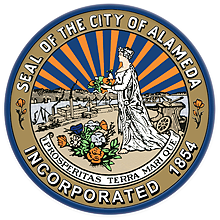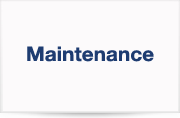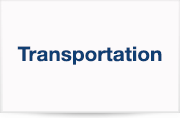In 2000, nearly 82 percent of Alameda County voters approved Measure B, the half-cent transportation sales tax. Alameda County Transportation Commission (ACTC) administers Measure B funds to deliver essential transportation improvements and services. The Alameda County 20-year Transportation Expenditure Plan guides the expenditures of more than $1.4 billion in county transportation funds generated through the continuation of the sales tax over the next 20 years. The expenditure plan was developed to serve major regional transportation needs in Alameda County and to address congestion in every major commute corridor in the county.
Regional priorities are to:
- Expand mass transit.
- Improve highway infrastructure.
- Improve local streets and roads.
- Improve bicycle and pedestrian safety.
- Expand special transportation for seniors and people with disabilities.
Local transit agencies and jurisdictions receive Measure B pass-through payments to meet these regional priorities through five main transportation programs (see the related content). Measure B also funds grant programs:
- Countywide Discretionary Fund Bicycle and Pedestrian Grant Program
- Express Bus Service Grant Program
- Paratransit Gap Grant Program
- Transit Oriented Development Grant Program
Implementation Guidelines
Implementation guidelines have been developed to specify the requirements that local jurisdictions must follow in their use of Measure B pass-through funds and Measure B and Vehicle Registration Fees (VRF) discretionary funds as authorized under Alameda County Transportation Commission Master Program Funding Agreements.
The intent of the implementation guidelines is to:
- Provide guidance on Bicycle and Pedestrian Safety funds eligible uses and expenditures.
- Define the terms in the Master Program Funding Agreements.
- Guide Bicycle and Pedestrian Program implementation.
The implementation guidelines for each program is outlined in the documents below:






